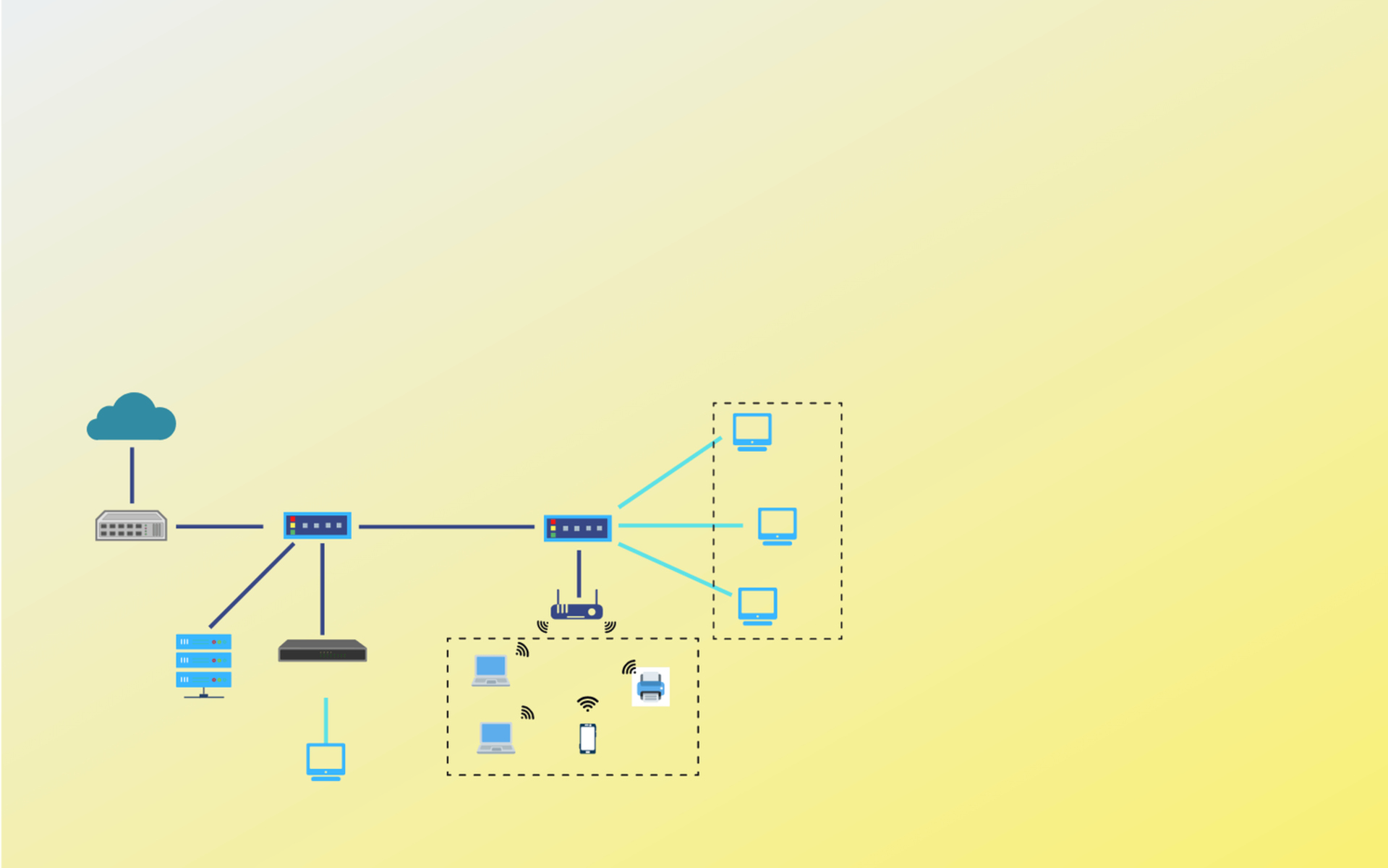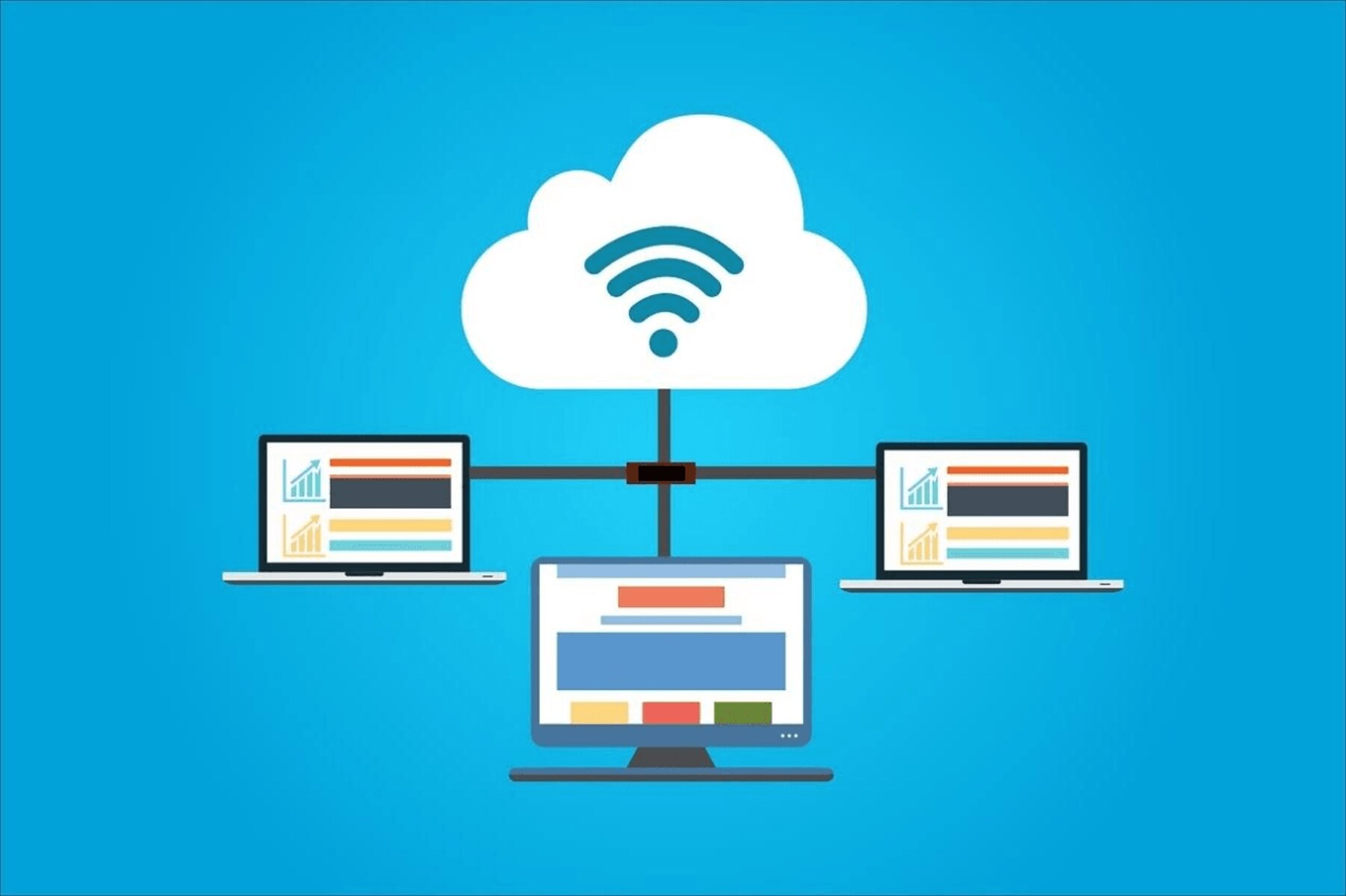Introduction
Knowing your IP address is crucial for various networking tasks, troubleshooting connectivity issues, or simply for curiosity’s sake. On a Windows 7 workstation, there are several methods you can use to display your IP address. Whether you prefer using the command prompt, the network and sharing center, the control panel, or the Windows PowerShell, this article will guide you through each method step by step.
Understanding your IP address is paramount in today’s interconnected world. An IP address (Internet Protocol address) is a unique numeric identifier assigned to every device connected to a computer network. It serves as a routing mechanism, allowing data to be sent and received between devices.
By knowing your IP address, you can determine if your network configuration is set up correctly, troubleshoot connectivity problems, or even set up network services such as file sharing or remote desktop access. Regardless of your technical expertise, this article will provide you with easy-to-follow instructions to display your IP address on a Windows 7 workstation.
So, let’s dive into the various methods you can use to retrieve your IP address on a Windows 7 workstation.
Method 1: Using the Command Prompt
The Command Prompt is a powerful tool that allows you to execute commands and perform various tasks on your Windows 7 workstation. To display your IP address using the Command Prompt, follow these steps:
- Open the Command Prompt by pressing the Windows key + R, then typing “cmd” and pressing Enter.
- In the Command Prompt window, type “ipconfig” and press Enter.
- You will see a list of network interfaces. Look for the one labeled “IPv4 Address” or “IPv6 Address” to identify your IP address. The IPv4 Address corresponds to a traditional IP address, while the IPv6 Address is using the newer IP version.
- Note down the IP address displayed next to “IPv4 Address” or “IPv6 Address”.
Using the Command Prompt provides a quick and straightforward way to retrieve your IP address, especially if you are comfortable with command-line interfaces. If you need to access your IP address frequently or automate the process, you can create a batch file with the necessary commands.
Remember to close the Command Prompt window once you have noted down your IP address to keep your system secure.
Now that we have covered Method 1, let’s move on to explore another method to display your IP address on a Windows 7 workstation.
Method 2: Using the Network and Sharing Center
The Network and Sharing Center is a built-in feature in Windows 7 that provides a centralized location for managing and monitoring network connections on your workstation. To find your IP address using the Network and Sharing Center, follow these steps:
- Click on the network icon in the system tray, located at the bottom-right corner of your screen.
- In the network menu that appears, click on “Open Network and Sharing Center”.
- In the Network and Sharing Center window, you will see your active network connection. It will be labeled as “Connected” or display the name of the network you are connected to.
- Click on the network connection. This will open a new window containing detailed information about your network connection.
- In this new window, click on the “Details” button.
- A new dialog box will appear, displaying various details about your network connection. Look for the line labeled “IPv4 Address” or “IPv6 Address” to find your IP address.
- Note down the IP address displayed next to “IPv4 Address” or “IPv6 Address”.
The Network and Sharing Center provides a user-friendly interface to access information about your network connection, including your IP address. It is especially useful if you prefer a graphical interface over the command line.
Remember to close the Network and Sharing Center window once you have noted down your IP address to keep your system secure.
Now that we have covered Method 2, let’s move on to explore another method to display your IP address on a Windows 7 workstation.
Method 3: Using the Control Panel
The Control Panel in Windows 7 is a centralized hub for managing various system settings and configurations. It also provides a way to view your IP address. To find your IP address using the Control Panel, follow these steps:
- Click on the Start button and select “Control Panel” from the menu.
- In the Control Panel window, click on the “Network and Internet” category.
- Next, click on the “Network and Sharing Center” option.
- In the Network and Sharing Center window, click on the active network connection labeled as “Connected” or displaying the name of the network you are connected to.
- A new window will appear. Click on the “Details” button.
- A dialog box will open, showing various details about your network connection. Look for the line labeled “IPv4 Address” or “IPv6 Address” to find your IP address.
- Note down the IP address displayed next to “IPv4 Address” or “IPv6 Address”.
The Control Panel provides an alternative method to access and view your IP address. It offers a familiar interface for those who are accustomed to navigating system settings through the Control Panel.
Once you have noted down your IP address, you can close the Control Panel window to keep your system secure.
Now that we have covered Method 3, let’s move on to explore another method to display your IP address on a Windows 7 workstation.
Method 4: Using the Windows PowerShell
The Windows PowerShell is a command-line shell and scripting language that allows you to automate administrative tasks and manage your Windows workstation. It also offers a convenient way to retrieve your IP address. To find your IP address using Windows PowerShell, follow these steps:
- Open the Start menu and search for “PowerShell”. Click on the “Windows PowerShell” app from the search results.
- In the PowerShell window, type the command “Get-NetIPAddress | Select-Object IPAddress” and press Enter.
- You will see the IP addresses associated with your network interfaces displayed in a list format.
- Note down the IP address that corresponds to the network interface you are interested in.
Windows PowerShell provides a powerful and scriptable environment to interact with your system. It offers advanced capabilities for managing IP addresses and networking configurations.
Remember to close the PowerShell window once you have noted down your IP address to keep your system secure.
Now that we have covered Method 4, we have explored all the methods to display your IP address on a Windows 7 workstation. Feel free to use the method that is most convenient for you.
Conclusion
Displaying your IP address on a Windows 7 workstation is essential for various networking tasks and troubleshooting connectivity issues. In this article, we explored four methods to help you retrieve your IP address: using the Command Prompt, the Network and Sharing Center, the Control Panel, and the Windows PowerShell.
If you prefer a command-line interface, you can use the Command Prompt to quickly obtain your IP address by executing the “ipconfig” command.
The Network and Sharing Center provides a user-friendly graphical interface to access your IP address. Simply navigate to the “Details” section of your network connection to find the necessary information.
The Control Panel offers a familiar environment for users who prefer accessing system settings through this centralized hub. Within the Control Panel’s “Network and Sharing Center,” you can find your IP address under the “Details” section of your active network connection.
For those comfortable with PowerShell, the Windows PowerShell provides a powerful scripting environment to retrieve your IP address using the “Get-NetIPAddress” command.
By utilizing these methods, you can easily access your IP address on a Windows 7 workstation, enabling you to troubleshoot network issues, configure network services, or satisfy your curiosity about your current connection.
Remember to close any open windows or terminals containing your IP address once you have noted it down to maintain the security of your system.
Feel free to choose the method that suits your preference and technical comfort level. With these methods at your disposal, you can confidently navigate your networking tasks and troubleshoot any connectivity issues that may arise.

























